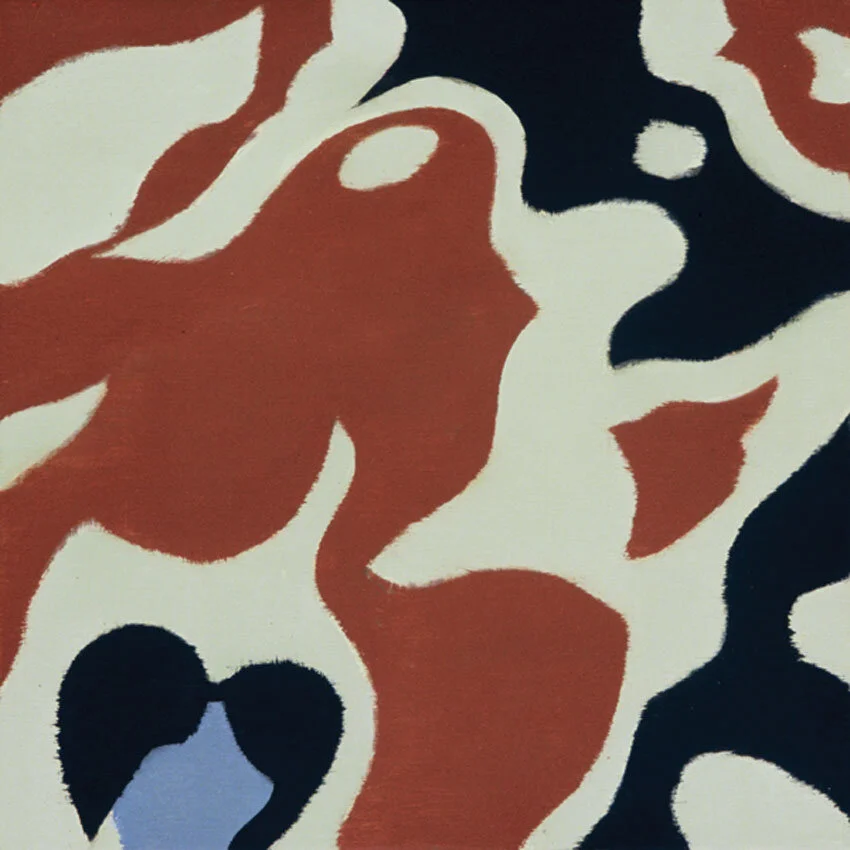AFGHANISTAN
AUSTRALIA
AUSTRIA
BELGIUM
BRITAIN (Versace)
BRITAIN (Tough Dame)
CHINA
CONGO
CUBA
EQYPT (Veils)
ETHIOPIA
GERMANY I (1930s)
GERMANY II (1943)
GERMANY III (SPLINTER)
GREECE
HUNGARY
INDIA
IRAN (Nightsong)
IRAQ
IRAQ (Suicide Comando)
ISRAEL
JAPAN
KURDISTAN (PESHMERGA)
LEBANON
LITHUANIA
MEXICO
MOLDAVA
NEPAL
NIGERIA
NORTH KOREA
PALESTINE
PERU
PAKISTAN
POLAND
RUSSIA
SAUDI ARABIA
SOUTH KOREA
SPAIN
SUDAN
SWEDEN (Summer)
SWEDEN (Winter)
SWITZERLAND
SYRIA
TURKEY
UKRAINE
USA (Allover 1960s)
USA (Chocolate Chip)
USA (Desert Storm)
USA (Night Operations)
YEMEN
ZAIRE
ZIMBABWE
Early in the 20th century, the United States military adapted the nature studies of American painter Abbot Thayer to conceal ships, weapons and soldiers. Thayer had made studies based on his theories of the natural protection afforded animals and birds, which render themselves invisible through “concealing coloration” and silhouette disruption. Subsequently, governments throughout the world hired artists, known as camoufleurs, to design a wide variety of camouflage specific to different environments.
I intend to reclaim these various patterns of concealment by re-contextualizing the camouflage of troubled countries into oil paintings on alabaster-gessoed panels, thereby transforming these patterns from their military usage to a more peaceful purpose.




















































